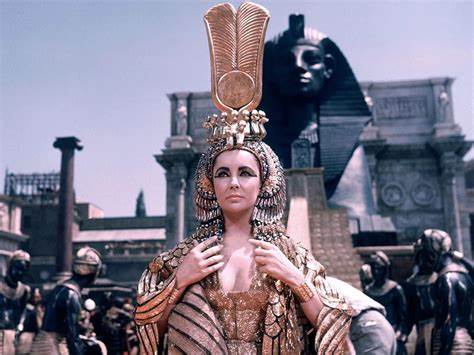
Step right up, film fanatics and curious onlookers, for a deep dive into the sometimes brutal, often bewildering world of Hollywood’s biggest financial blunders. While the silver screen promises dazzling spectacle and captivating stories, behind the glamour lies a high-stakes business where millions can be won or, more dramatically, lost. We’re talking about the infamous “box-office bomb” – a term that sends shivers down the spines of studio executives and stands as a stark reminder that even the biggest budgets and star power don’t guarantee success.
Understanding what makes a film a true bomb is more complex than simply looking at its theatrical gross. The industry is shrouded in secrecy regarding actual costs and profit margins, making precise loss figures difficult to pin down. What we do know, thanks to insights from Hollywood accounting, is that a film’s “full cost” extends far beyond its production budget to include enormous distribution and marketing expenses. For instance, promotion and advertising can easily be half of the production budget for an average film, and even exceed it for smaller ones. Furthermore, distributors don’t collect the full gross; a Hollywood studio typically gets about half the gross in the U.S. and even less internationally, with exhibitors retaining the rest. To truly compare these colossal failures across different eras, we must adjust for inflation, using the United States Consumer Price Index to reveal their equivalent purchasing power today.
While some films, like the iconic *Cleopatra* or *Waterworld*, initially perceived as financial disasters, eventually broke even through ancillary revenues such as streaming rights, home media sales, and television broadcasts, their initial box office performance still marks them as high-risk ventures. They serve as potent cautionary tales in the ever-evolving calculus of film production. In this article, we journey through some of the most spectacular financial missteps in cinematic history, focusing on films that incurred staggering losses, adjusted for inflation, and dissecting the numbers that paint a picture of their downfall.
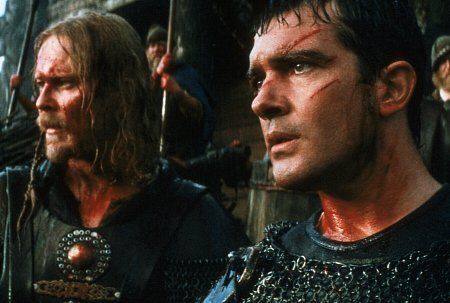
1. **The 13th Warrior (1999): A Nordic Nightmare**Our journey into cinematic financial misadventure begins with 1999’s *The 13th Warrior*. This ambitious historical action film, despite its grand scope and period setting, quickly became a byword for box office disappointment. Its narrative struggled to captivate audiences, and critical reception was lukewarm, signaling trouble for its substantial investment. The film’s theatrical run was plagued by a general lack of enthusiasm, and it failed to find the broad appeal necessary to justify its high costs.
Financially, *The 13th Warrior* was a colossal undertaking. Its net production budget was estimated to be between $100 million and $160 million. When considering the additional burden of marketing and distribution, the total expenditure would have been significantly higher. However, its worldwide gross only amounted to $61.7 million, a figure that pales in comparison to its investment. This wide disparity between cost and revenue immediately flagged it as a significant failure.
After accounting for all expenses and adjusting for inflation, *The 13th Warrior* recorded an estimated loss of between $130 million and $243 million. This truly staggering figure places it among the highest box office losses in history. It stands as a stark illustration of how even a large budget, intended to create epic scale, can lead to monumental losses if the final product doesn’t resonate with audiences, or if the marketing fails to generate sufficient interest to overcome a rocky production history.

2. **The 355 (2022): Espionage Underperforms**Moving forward to a more contemporary entry, *The 355*, released in 2022, aimed to be a star-studded espionage thriller that would electrify the box office. Featuring an ensemble cast of prominent actresses, the film promised high-octane action and international intrigue. However, despite its promising premise and notable talent, it encountered significant headwinds, including a competitive market and a still-recovering theatrical landscape post-pandemic.
Production for *The 355* commanded a substantial budget, estimated to be between $40 million and $75 million. For an action film of this caliber, such a budget implies considerable investment in stunts, visual effects, and securing its A-list cast. Yet, its worldwide gross was a disappointing $27.7 million, a figure that clearly indicates it did not come close to recouping its initial outlay through theatrical revenues alone. The gap between its production cost and its box office take was stark, suggesting a profound financial underperformance.
When all financial factors are considered, including distribution and marketing expenses, and then adjusted for inflation to present an equivalent purchasing power, *The 355* incurred an estimated loss of $100 million. This places it firmly in the category of major box office bombs. Its failure underscores the challenges even well-intentioned and star-laden projects can face when they don’t capture the audience’s imagination or when market conditions are unfavorable, proving that a strong cast isn’t always a shield against financial peril.

3. **47 Ronin (2013): Samurai Saga’s Costly Flop**Next on our list is 2013’s *47 Ronin*, a visually ambitious fantasy film that reimagined the classic Japanese tale with a significant Hollywood budget and special effects. The film sought to blend historical legend with fantastical elements, aiming for a broad international appeal. However, reports indicated production troubles and extensive reshoots, often a precursor to financial difficulties and a sign of a troubled creative process that can inflate budgets far beyond initial plans.
The financial commitment to *47 Ronin* was immense. Its production budget was estimated to be in the range of $175 million to $225 million, an extraordinarily high sum for a film attempting to launch a new fantasy franchise. Despite this monumental investment in its visuals and scale, the film’s worldwide gross topped out at $151.8 million. This amount, while seemingly large, was insufficient to cover its production costs, let alone the extensive marketing and distribution expenses that would have been necessary for such a large-scale release.
Accounting for all expenditures and adjusting for inflation, *47 Ronin* is estimated to have suffered a loss of $130 million. This significant deficit highlights the risks associated with high-concept, high-budget productions, especially when they face production difficulties or fail to resonate globally. The film’s performance serves as a reminder that lavish production values, without a compelling and well-executed story that connects with a wide audience, can quickly lead to devastating financial results for a studio.
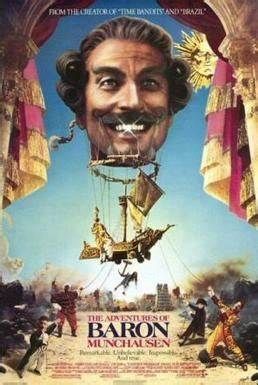
4. **The Adventures of Baron Munchausen (1988): A Fantastical Financial Fumble**Venturing further back in time, we encounter *The Adventures of Baron Munchausen*, a 1988 film known for its stunning visual imagination and quirky storytelling. Directed by Terry Gilliam, the film was an artistic triumph for many, but a commercial nightmare. Its complex production involved intricate practical effects and ambitious set pieces, leading to considerable cost overruns and delays—classic symptoms of a project spiraling beyond financial control.
From a financial standpoint, the film’s net production budget was reported as $46.6 million. In the late 1980s, this was an exceptionally high budget, indicating a significant commitment to its unique vision. Yet, despite its eventual cult status and critical acclaim for its artistry, *The Adventures of Baron Munchausen* only managed a worldwide gross of $8.1 million. This incredibly low box office performance meant it barely scratched the surface of its initial production costs, let alone the added expenses of marketing and distribution.
After taking into account all the financial outlays and adjusting for currency inflation to reflect its contemporary value, the estimated loss for *The Adventures of Baron Munchausen* stands at $102 million. This substantial figure underscores the difficulty of balancing artistic ambition with commercial viability. The film’s story is a classic example of a “critical darling” that, despite its creative merits, failed catastrophically at the box office, proving that innovation and vision don’t always translate into ticket sales.
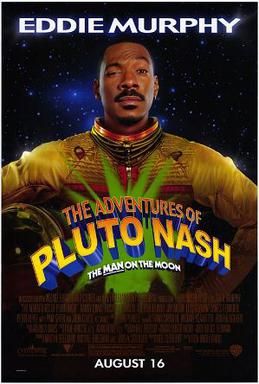
5. **The Adventures of Pluto Nash (2002): An Interstellar Catastrophe**In 2002, the sci-fi comedy *The Adventures of Pluto Nash* launched into theaters with high expectations, primarily due to its leading star. The film aimed to deliver a humorous, action-packed experience set in a futuristic lunar casino. However, the finished product was widely panned by critics and largely ignored by audiences, quickly cementing its place in the pantheon of Hollywood’s most notorious failures. Its comedic premise, despite the star power, simply did not land.
The financial investment in *The Adventures of Pluto Nash* was substantial, with a net production budget of $100 million. This figure suggests significant spending on visual effects, futuristic sets, and the salaries of its prominent cast members. However, the return on this investment was shockingly low. The film’s worldwide gross was a dismal $7.1 million, an almost unheard-of underperformance for a film with such a hefty budget and a major studio backing it. This wide gap between cost and revenue was a clear indicator of a monumental flop.
When all is said and done, and adjusted for inflation, *The Adventures of Pluto Nash* incurred an estimated loss of $168 million. This places it among the top tier of box office bombs, representing a staggering financial blow to its investors. It stands as a vivid example of how a film, despite a considerable budget and a popular lead actor, can completely miss the mark with audiences, leading to one of the most significant financial catastrophes in modern cinema history.
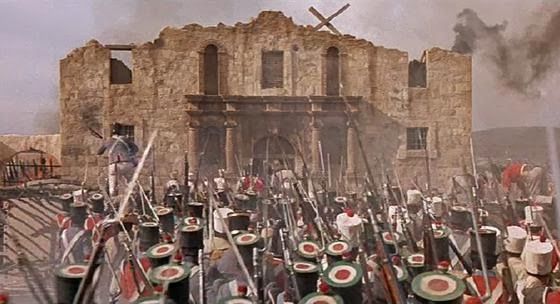
6. **The Alamo (2004): A Modern Historical Miscalculation**Concluding the first half of our list, we examine 2004’s *The Alamo*. This historical drama aimed to revisit the iconic battle with a significant budget, hoping to deliver a definitive cinematic account of the legendary stand. Despite its serious intentions and a cast of respected actors, the film faced challenges in finding a wide audience. Historical dramas, particularly those focusing on specific, often somber events, can struggle to attract blockbuster-level crowds, especially when released in a competitive market. Furthermore, the narrative depth and historical accuracy can sometimes clash with the demands of mainstream entertainment, creating a difficult balancing act for filmmakers and studios.
The financial commitment to *The Alamo* was considerable, with a net production budget of $107 million. This substantial figure suggests extensive efforts were made to recreate the historical setting, costumes, and the scale of the battle itself, indicating a strong belief in the project’s potential. However, its worldwide gross was a mere $25.8 million, a deeply disappointing return for such a significant investment. This performance vividly illustrates the challenge of converting historical importance and production value into commercial success, especially when the story might not have broad international appeal.
Once all costs, including the substantial marketing and distribution efforts for a film of this scale, are tallied and adjusted for inflation, *The Alamo* is estimated to have suffered a loss of $156 million. This places it among the most financially damaging historical epics in recent memory. Its failure demonstrates that while ambition and a rich historical subject can inspire grand productions, they do not inherently guarantee box office triumph, and a lack of audience connection can lead to truly crushing financial setbacks for the studios involved.

7. **Alexander (2004): The Epic Fall of a Conqueror**Our cinematic autopsy continues with *Alexander*, Oliver Stone’s ambitious 2004 historical epic chronicling the life of Alexander the Great. Despite featuring a star-studded cast and promising a sweeping portrayal of one of history’s most iconic figures, the film struggled significantly to connect with both critics and audiences. Its lengthy runtime, unconventional narrative choices, and a somewhat controversial depiction of its protagonist led to a polarized reception, undermining its potential for widespread commercial success. The grand scale envisioned by Stone, while visually impressive in parts, couldn’t overcome the narrative hurdles.
The financial undertaking for *Alexander* was truly monumental, with a net production budget reported at $155 million. This massive investment was clearly poured into recreating ancient battlefields, elaborate costumes, and vast historical settings, indicative of a film designed to be a tentpole event. However, its worldwide gross only amounted to $167.3 million. While this figure technically exceeds its production budget, it’s crucial to remember that theatrical gross alone does not equate to profit for the studio, which typically only receives about half of domestic revenues and even less internationally, not to mention the colossal marketing and distribution costs.
The disparity between its gargantuan budget and its lukewarm box office performance meant that *Alexander* was unable to recoup its total investment. After accounting for all expenditures and adjusting for inflation, the estimated loss for the film stands at a staggering $118 million. This considerable deficit underscores the perilous nature of historical epics, which, despite their artistic ambitions and potential for prestige, carry immense financial risks. When audiences don’t fully embrace the vision, even the most ambitious projects can become cautionary tales of epic proportions for studios.
The lesson here is clear: scale and historical significance, without universal appeal and a tightly executed story, can be a recipe for financial struggle. *Alexander*’s journey through the box office serves as a powerful illustration that even the most ambitious historical narratives require careful navigation to avoid becoming colossal missteps in the annals of Hollywood finance, reminding us that grandiosity alone doesn’t guarantee a return on investment.
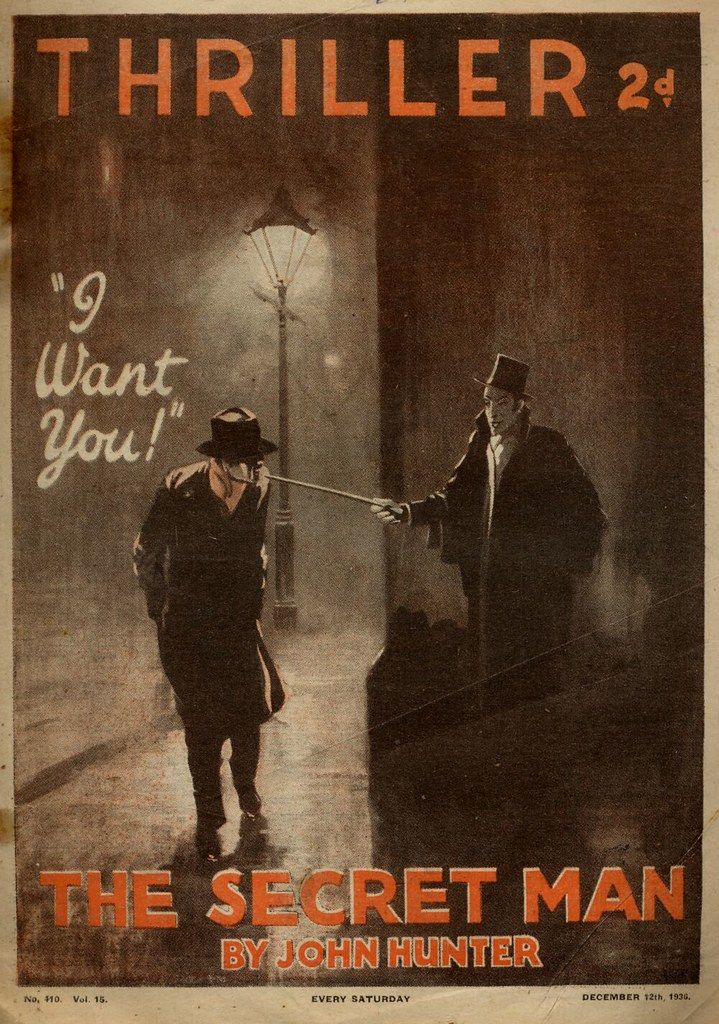
8. **Allied (2016): Wartime Romance’s Woes**Moving into more recent territory, 2016 saw the release of *Allied*, a wartime spy thriller directed by Robert Zemeckis, featuring two prominent Hollywood stars in a romantic lead. The film promised a blend of historical intrigue, espionage, and passionate romance against the backdrop of World War II. Despite its intriguing premise, esteemed director, and charismatic leads, *Allied* struggled to capture widespread audience enthusiasm. Critics offered mixed reviews, with some praising its visual style and performances, while others found the narrative somewhat lacking in tension or originality, ultimately hindering its ability to become a breakout hit.
The financial investment in *Allied* was significant for a drama of its type, carrying a net production budget of $85 million. This budget would have covered the elaborate period sets, costumes, visual effects for wartime scenes, and the substantial salaries of its A-list actors. However, its worldwide gross was $118.6 million. While this figure might seem reasonable compared to the production budget, it’s crucial to contextualize it within Hollywood’s financial realities, where studios typically recoup only a fraction of the gross and face hefty marketing and distribution costs.
After diligently accounting for all expenses, including the comprehensive marketing campaigns required for a major studio release, and then adjusting for inflation to bring the figures to a comparable contemporary value, *Allied* is estimated to have suffered a loss in the range of $98 million to $118 million. Taking the higher end of this estimate, the film represents a considerable financial setback.
Its performance underscores the increasing difficulty for mid-to-high budget dramas, even with significant star power, to break through in a competitive market dominated by franchise films. The film’s woes serve as a telling example that compelling individual performances and a classic genre mix aren’t always enough to guarantee a profitable venture in modern cinema, revealing the evolving challenges for non-franchise features in a blockbuster-driven landscape.

9. **Amsterdam (2022): Star-Studded Story’s Setback**Continuing our exploration of contemporary cinematic misfires, we arrive at *Amsterdam*, a 2022 ensemble crime comedy-drama directed by David O. Russell. Boasting an incredibly star-studded cast, the film aimed to deliver a quirky and stylish historical caper, drawing on themes of friendship, conspiracy, and the pursuit of truth. Despite its impressive roster of talent and a distinctive visual style, *Amsterdam* was met with a lukewarm critical reception and struggled profoundly to attract audiences, quickly becoming one of the year’s most notable box office disappointments. Its narrative often felt convoluted, and its ambitious scope did not resonate broadly.
The financial backing for such a star-heavy production was naturally substantial, with a reported net production budget of $80 million. This figure reflects the cost of assembling an extensive and highly sought-after cast, as well as period accurate production design. Yet, the film’s worldwide gross was a disheartening $31.2 million, a stark contrast to its investment. This minimal return on its theatrical release highlighted a significant disconnect between the film’s pedigree and audience interest, indicating a major financial shortfall even before considering marketing overheads.
When all the financial levers are pulled, including the considerable expenses for promotion and distribution, and then calibrated for inflation to understand its true economic impact in today’s terms, *Amsterdam* is estimated to have incurred a substantial loss of $116 million. This positions it as a significant bomb in the post-pandemic cinematic landscape.
Its failure serves as a potent reminder that even a sprawling cast of A-list actors and an acclaimed director are not infallible guarantees against financial peril. In an era where audiences are increasingly selective about theatrical outings, a compelling story and clear marketing message are paramount, and *Amsterdam*’s journey reveals the risks inherent in ambitious, yet commercially unsuccessful, ensemble projects, particularly in a volatile market.
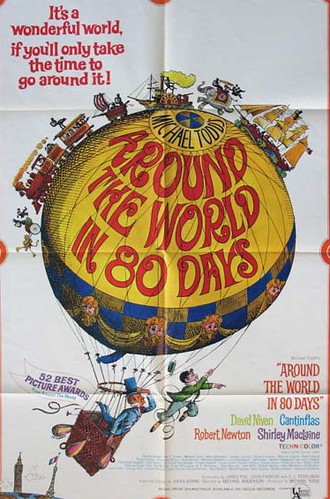
10. **Around the World in 80 Days (2004): Global Adventure, Local Failure**Venturing back to 2004, we encounter another ambitious project that failed to find its footing: *Around the World in 80 Days*. This family adventure film, a reimagining of Jules Verne’s classic novel, attempted to capture the spirit of global exploration with a comedic twist and an eclectic international cast, including a prominent action star. Despite its aspiration to deliver a fun, globe-trotting spectacle suitable for all ages, the film was largely panned by critics and struggled to generate excitement among family audiences, ultimately failing to capture the magic of its source material or previous adaptations.
The financial commitment for this international escapade was significant, with a net production budget of $110 million. This substantial sum was clearly invested in elaborate set pieces, exotic locations, and the logistical challenges of filming a story that spans multiple continents, alongside securing its recognizable cast. However, its worldwide gross only reached $72.2 million. This figure, well below its production cost, signified a major box office disappointment, indicating that the film was far from recouping its investment through theatrical releases alone.
After diligently factoring in all associated costs, including the often-overlooked distribution and marketing efforts that are crucial for a family-oriented blockbuster, and then adjusting these figures for inflation to provide a contemporary perspective, *Around the World in 80 Days* is estimated to have suffered a substantial loss of $123 million. This substantial deficit underscores the risks inherent in large-scale family films, especially when they struggle to resonate with their target demographic or face stiff competition.
The film’s journey highlights that even beloved source material and a big budget are not guarantees of success if the execution fails to charm and engage a wide audience. *Around the World in 80 Days* stands as a clear example of how a misjudged adaptation, despite good intentions and significant investment, can lead to a worldwide adventure of financial failure.
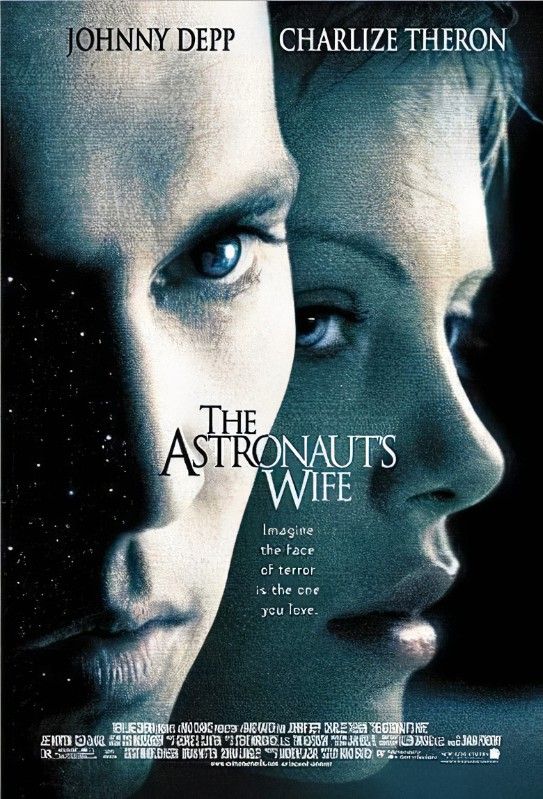
11. **The Astronaut’s Wife (1999): Sci-Fi Thriller’s Terrestrial Crash**Our list wouldn’t be complete without exploring the genre films that took a tumble, and 1999’s *The Astronaut’s Wife* offers a prime example. This sci-fi psychological thriller, starring two highly marketable actors, aimed to deliver a suspenseful and eerie narrative about an astronaut returning from space profoundly changed. Despite its intriguing premise and a cast capable of drawing audiences, the film largely failed to impress critics and audiences alike. Its slow pace, predictable plot twists, and an inability to fully capitalize on its intriguing horror elements led to a quiet theatrical run and a swift fade from memory.
The financial investment for *The Astronaut’s Wife* was a notable $75 million for a thriller of its kind. This budget would have covered the costs of special effects, creating the desired atmospheric tension, and the salaries for its established lead actors, suggesting that the studio had considerable faith in its commercial prospects. Yet, its worldwide gross was a dismal $19.6 million. This profoundly low box office take immediately branded it as a significant financial flop, indicating that it barely recouped a fraction of its production costs, let alone the extensive marketing and distribution expenses.
When all the financial calculations are made, including the unavoidable marketing and distribution costs, and then adjusted for inflation to contextualize its impact in current economic terms, *The Astronaut’s Wife* is estimated to have incurred a considerable loss of $123 million. This substantial figure positions it as a significant cautionary tale within the sci-fi thriller genre.
It demonstrates that even a compelling concept and bankable stars cannot salvage a film if the execution fails to captivate viewers. This particular terrestrial crash serves as a stark reminder of the unpredictable nature of audience reception and the high stakes involved in genre filmmaking, where a misstep can lead to truly crushing financial setbacks, proving that star power alone is not a guarantee against a critical and commercial descent.
These stories of cinematic ambition turning into financial woe are not merely tales of lost money; they are profound lessons carved into the very foundation of the film industry. From historical epics that falter to star-studded dramas that fail to resonate, each bomb serves as a stark reminder of the precarious balance between artistic vision, market demands, and financial realities. The unpredictable nature of audience tastes, the ever-escalating costs of production and promotion, and the fierce competition for attention ensure that Hollywood’s financial abyss remains a potent force, capable of swallowing even the grandest projects whole. As studios continue to navigate this complex landscape, the ghosts of these box office bombs stand as eternal warnings, urging prudence, innovation, and, above all, a genuine connection with the hearts and minds of the global audience.



